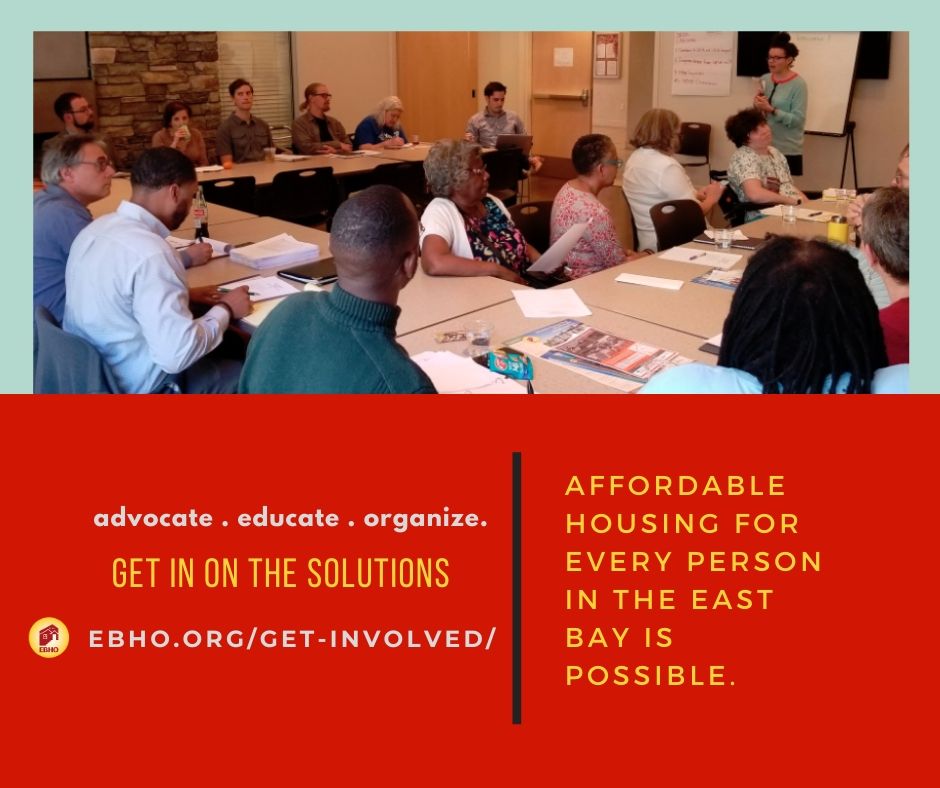
Housing Element Advocacy can help ensure cities Affirmatively Further Fair Housing & plan for affordable homes.
Every 8 years, cities are required to update the Housing Element of their General Plan. The Housing Element serves as the basis for a city’s policies and programs to produce, preserve and protect housing opportunities for people at all economic levels, and particularly for low-income people. A central part of the Housing Element is the identification of sites that are zoned to accommodate the jurisdiction’s share of the regional housing need, including zoning that permits at least moderate density apartment buildings and not just exclusionary single-family zoning.

Join our Housing Element Working Group
Housing Elements also require a robust public participation process, an analysis of current and projected housing needs, a fair housing assessment, identification of governmental and non-governmental constraints to housing, resources available for meeting housing needs, and a detailed set of policies and quantified objectives.
The Housing Element provides an opportunity to advance housing justice in our communities. Would you like to learn more and get involved? We have a group of members already meeting to share information and plan for making an impact. Some of the cities our members are working in include Alameda, Berkeley, Concord, El Cerrito, Fremont, Lafayette, Oakland, and Pleasanton/Dublin.
EBHO has formed a Housing Element Working Group to coordinate these campaigns. If you are interested in joining us in this work, please email me, Jeff Levin, at jeff@ebho.org.
This cycle will be particularly challenging:
- The Regional Housing Need is 440,000 units, compared to 188,000 last time, so every jurisdiction will be required to plan for a lot more housing than last time.
- There are new requirements for the site inventory – cities must demonstrate that development is feasible and that estimates of site capacity are grounded in past experience, and there are limits on the ability of cities to reuse the same sites from one housing element cycle to the next.
- If cities develop a low income site with market-rate housing, they must designate replacement sites so there is always a sufficient site inventory to meet the remaining housing needs.
- Lastly, cities are required to affirmatively further fair housing by taking positive steps not just to stop discrimination, but to correct for current parts of segregation. Racial equity and fair housing must guide public participation, the needs analysis (a full assessment of fair housing issues and barriers is required, and the specific policies and cities must demonstrate how the housing element corrects for identified fair housing issues. Of special importance is that cities must zone at appropriate densities for affordable housing throughout the city – including historically exclusionary neighborhoods – and cannot just locate housing only in low income neighborhoods and communities of color.
EBHO has formed a Housing Element Working Group to coordinate these campaigns. If you are interested in joining us in this work, please email EBHO Policy Director Jeff Levin at jeff@ebho.org.
—
Posted October 26, 2021



